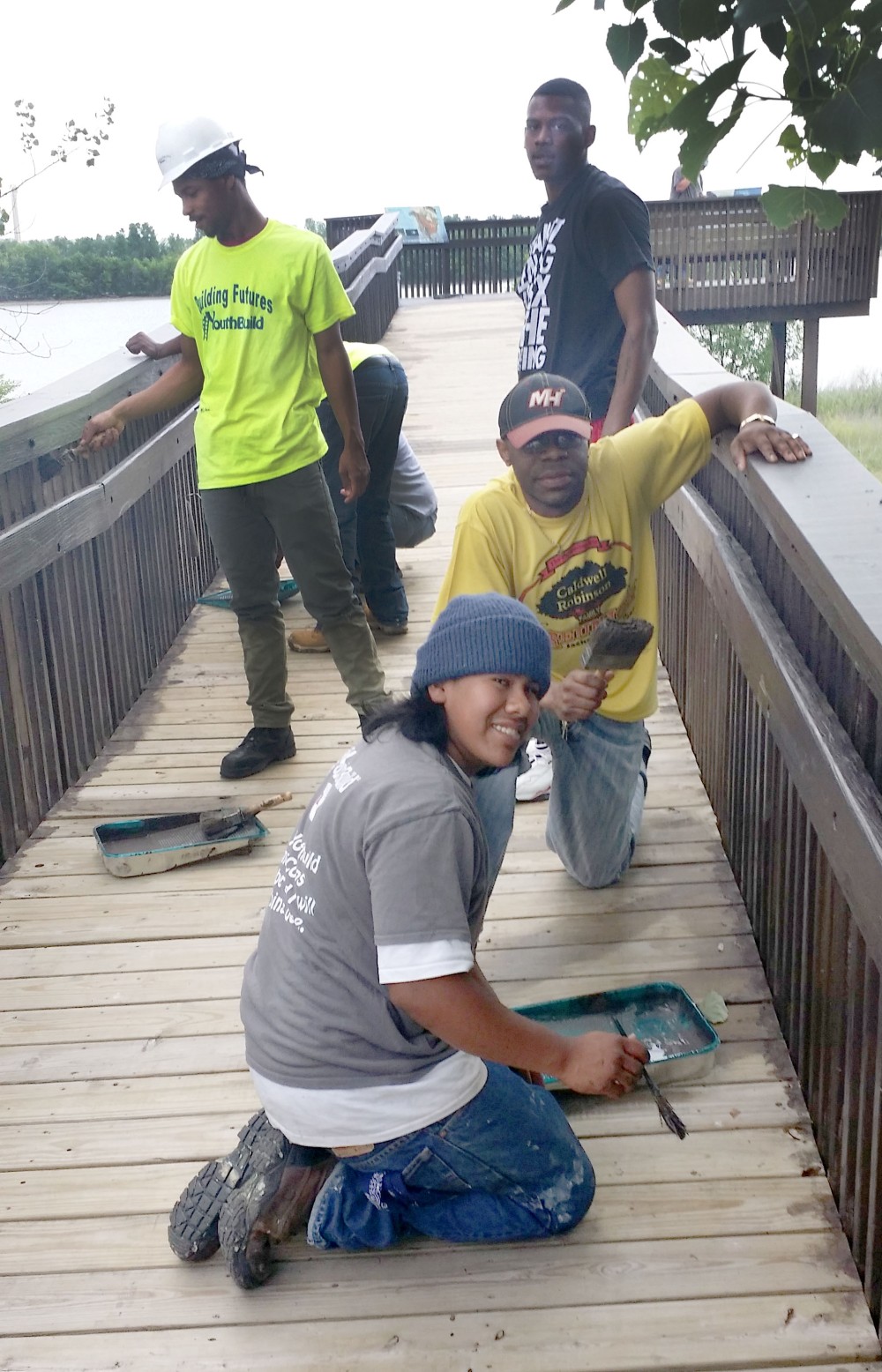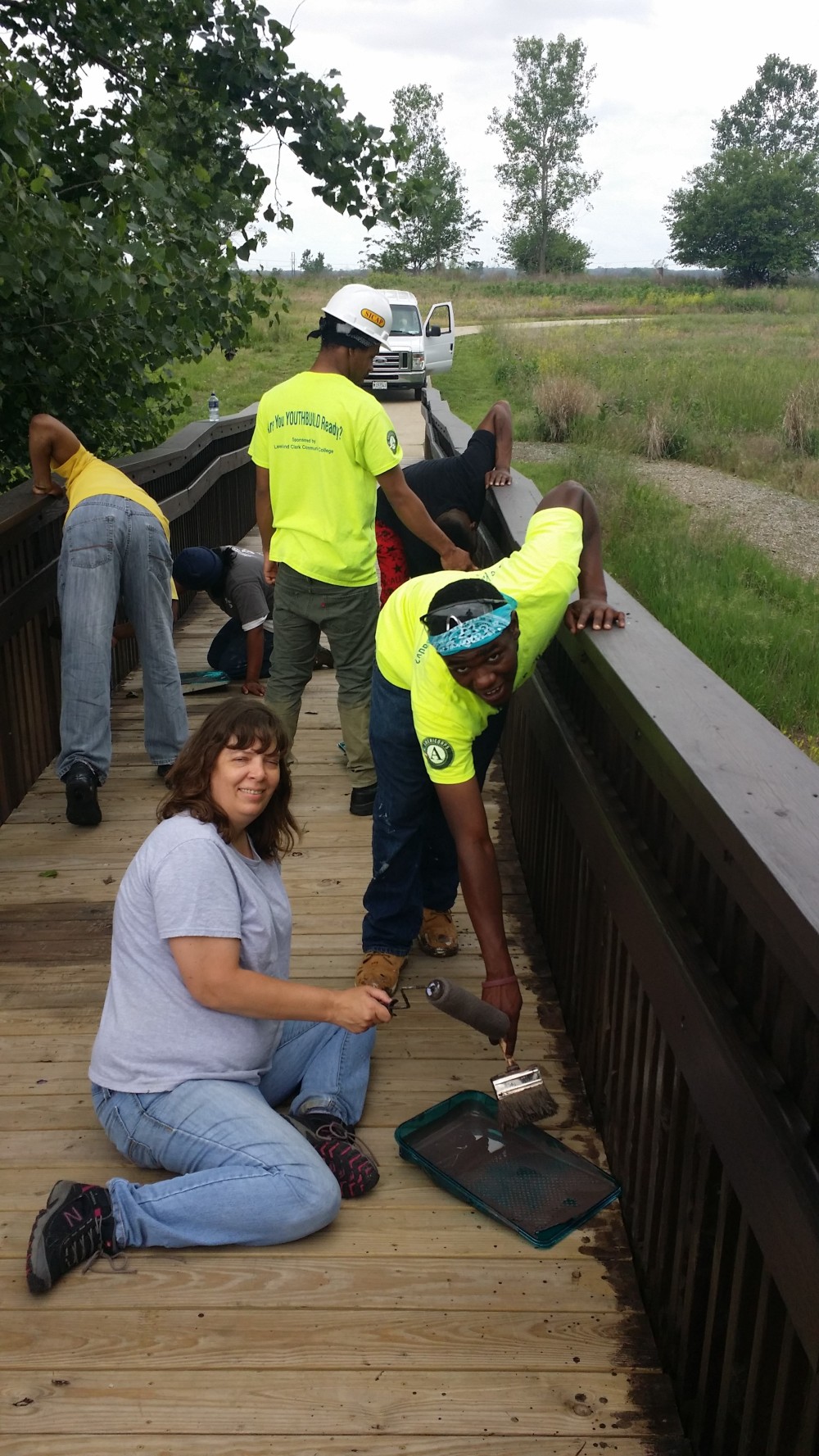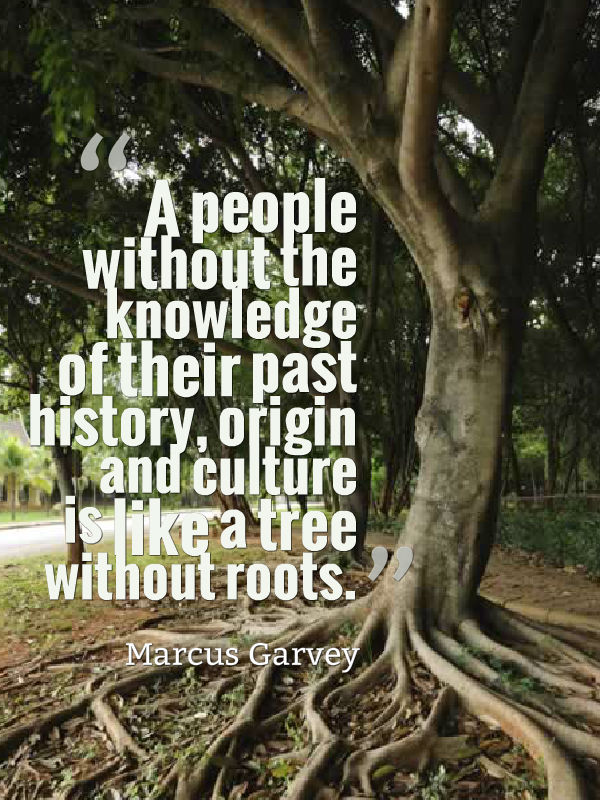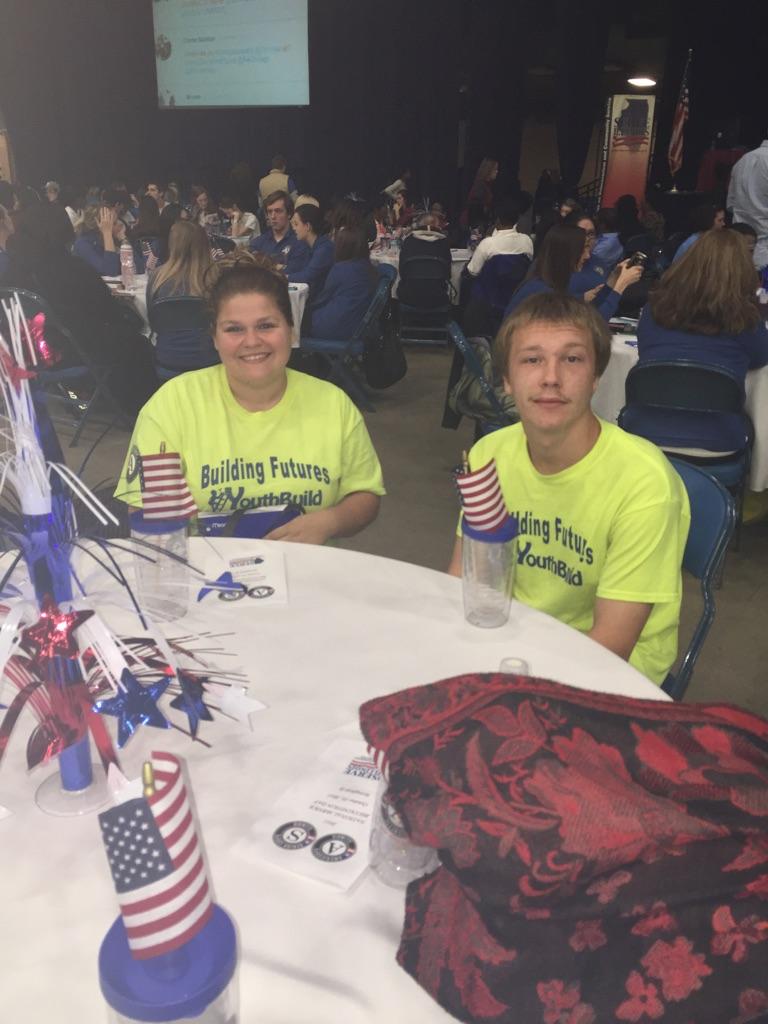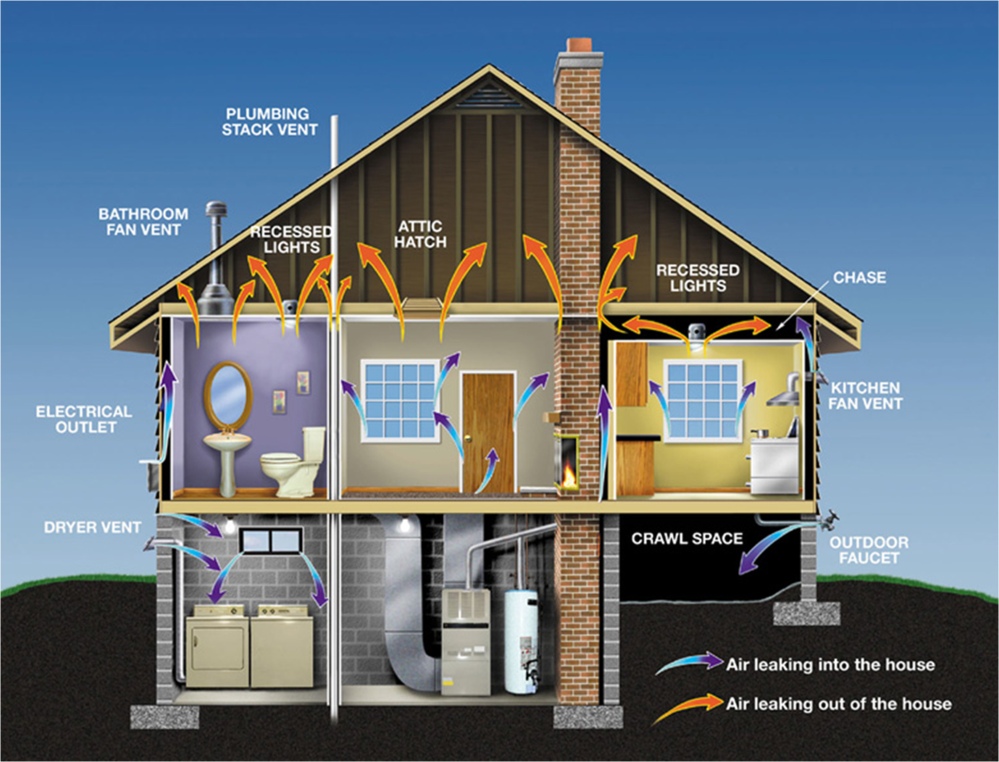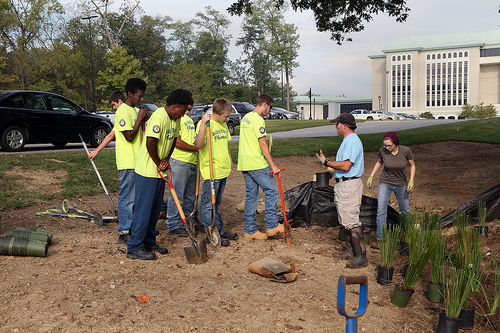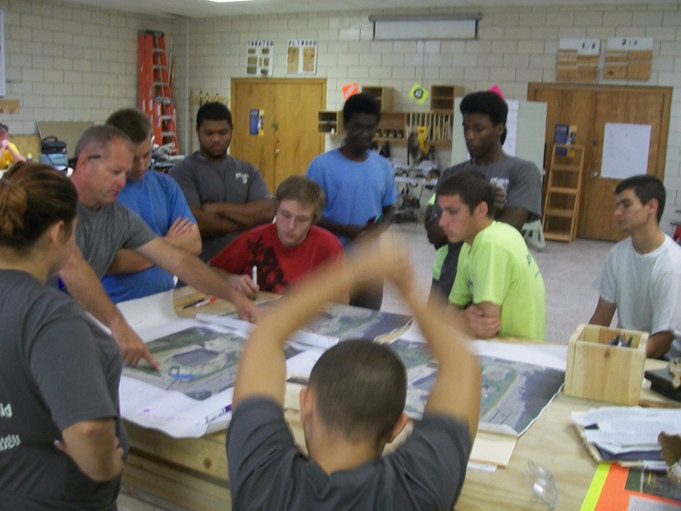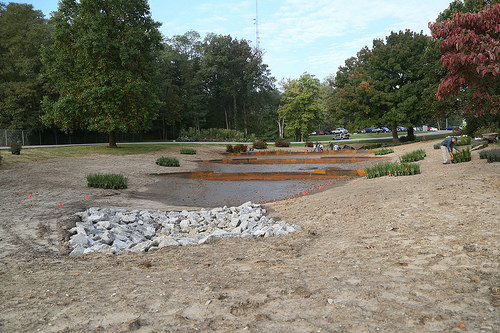YouthBuild Transitions from Trebuchet Participants to Contest Officials
Hello all, and welcome to another Building Futures YouthBuild AmeriCorps blog post!
On April 1, 2016 Lewis and Clark Community College hosted its 9th Annual Trebuchet Contest. The goal of the Trebuchet Contest is to increase awareness in the STEM (Science, Technology, Engineering and Mathematics) fields among high school students in the ST. Louis region. The contest was one of two programs at Lewis and Clark that was awarded a prestigious grant from the National Science Foundation in 2012.

High school students participated in the 9th annual Louis and Clark Community College Trebuchet Contest. Instead of rocks, they hurled rubber balls. Teams were judged on a report, which documents their efforts and results as well as the design and history of trebuchets, CAD drawings and their performance in competition. Photo by Audrey Parsell, Lewis and Clark Community College photography intern.
In 2014, the Building Futures YouthBuild program began to compete in the Lewis and Clark 7th Annual Trebuchet Contest as participants. Building Futures does not only prepare its members to pass the GED test but to also transition into post-secondary education. Building Futures, as a subsidiary of Lewis and Clark Community College, entered YouthBuild members into the 7th Annual Trebuchet Contest to follow the lead of Lewis and Clark as it promotes STEM fields to its students transitioning into college.
Fast forwarding through time, the Building Futures YouthBuild program for the 9th Annual Trebuchet Contest has transitioned from participants to contest officials. Building Futures students transitioning from participants to officials has shown the dedication of the faculty in setting the bar for our members to be leaders among their peers and set an example based on academic excellence. For the 9th Annual Trebuchet Contest, Building Futures members judged teams on the distance their trebuchet could hurl a rubber ball.

Building Futures Members pose during the 2016 Trebuchet Contest with Dr. Dale Chapman, Lewis and Clark Community College President.
So what is a trebuchet and how does it work?
According to the Real World Physics Problems website, a trebuchet is a “war machine that works by using the energy of a falling (and hinged) counterweight to launch a projectile (the payload), using mechanical advantage to achieve a high launch speed.”
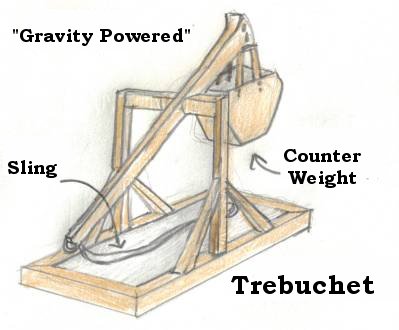
The operation of trebuchets can be explained by the law of physics. Real World Physics Problems also stated that “it is worth noting that the physics of the trebuchet is not unique to the trebuchet. For example, in a golf swing the same basic physics applies. In fact, you can think of a trebuchet as an upside down golf swing… A trebuchet works by using the energy of a falling (and hinged) counterweight to launch a projectile (the payload), using mechanical advantage to achieve a high launch speed.”
According to HistoryNet the word trebuchet comes from the Middle French verb trebuch, meaning ‘to tumble’ or ‘to fall over,’” which is exactly what the throwing arm of a trebuchet does when it is released.
Although the trebuchet derives its name from the French, it did not originate there. According to Wikipedia.org, the first traction trebuchets were invented by the Chinese sometime before the 4th century BC. Trebuchets were first used by the Chinese in 1161 were soldiers fired bombs of lime and sulphur against ships. Very interesting!
Until the next time signing off,
Pat Mays
YouthBuild Coordinator
“Life’s most persistent and urgent question is, what are you doing for others?” Dr. Martin Luther King.














